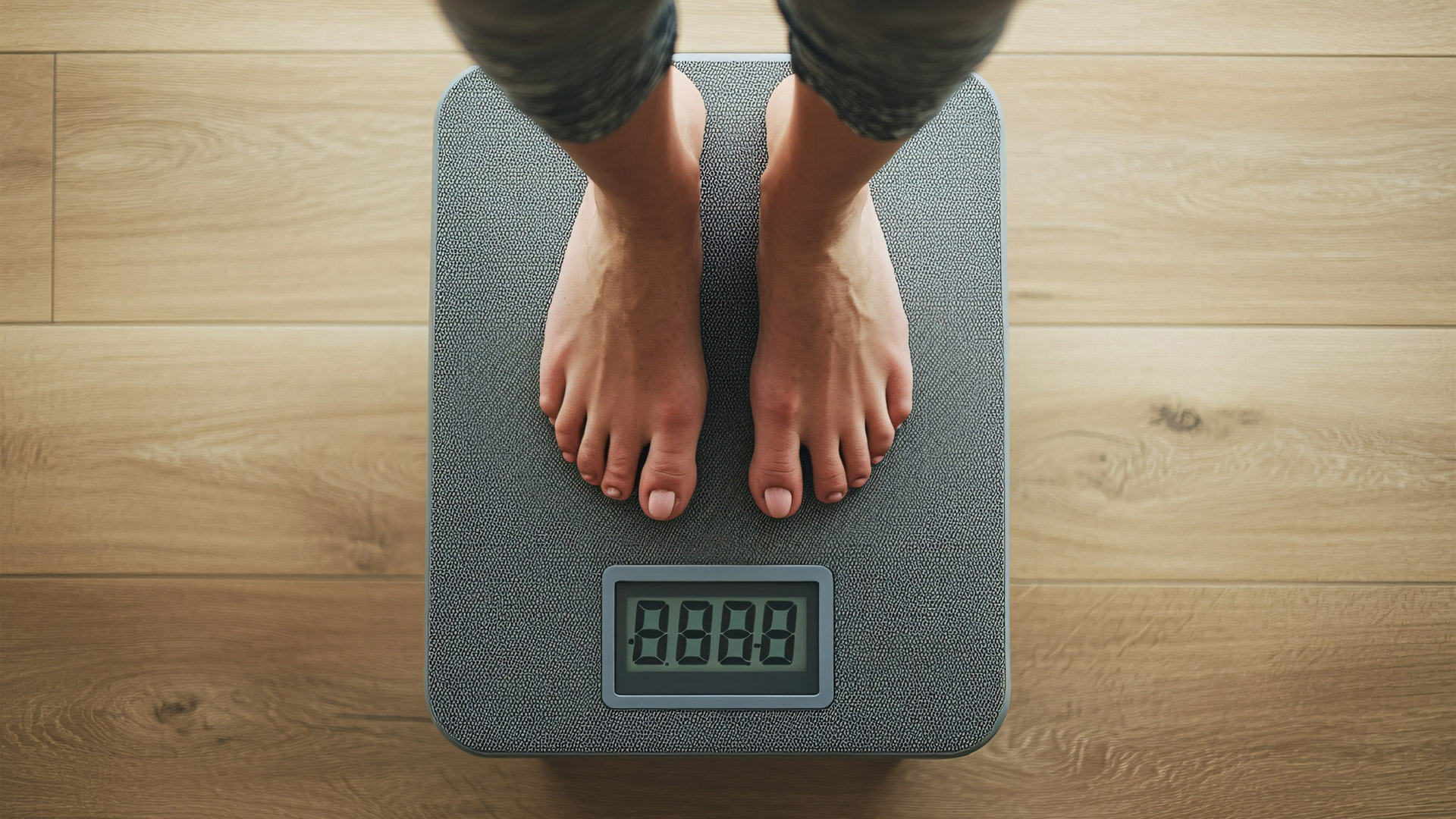All Categories

In most gyms, the loudest training gets the most attention. But for midlife clients who want to stay strong, energetic, and pain-free for years, quiet work matters most. Low-intensity movement, mobility drills, and daily walks often get written off as “extra” when they should be built into every plan.
This kind of work is structural reinforcement. Clients who move slowly (and often) build tissue resilience, recover faster, and maintain function long after others are sidelined.
Low-intensity training improves oxygen delivery, mitochondrial efficiency, and circulation. It protects joints. It builds movement confidence. Most importantly, it enhances the body’s ability to recover between harder sessions.
Many clients still believe movement only counts if it exhausts them. They chase soreness instead of longevity. This mindset makes them skip the work that keeps their bodies capable.
Clients don’t need to work less; they need to work smarter. That starts by understanding what low-effort movement delivers.
Coaches should schedule Zone 2 intentionally, not as a recovery throwaway, but as a central part of the program.
Zone 2 training is the pace at which you can still hold a conversation. It’s aerobic, sustainable, and often ignored. This range improves the heart’s stroke volume, supports fat metabolism, and builds a base of endurance that helps clients recover faster from high-intensity sessions. It also reduces the risk of injury by lowering repetitive strain and managing systemic fatigue.
For your older clients, Zone 2 becomes more important, if not necessary. It provides cardiovascular support without spiking cortisol, improves blood sugar handling, and supports mood. Walking briskly for 30 to 45 minutes a few times weekly creates a foundation no supplement can replace.
A 10 to 20-minute walk after a meal lowers blood glucose, improves insulin sensitivity, and reduces post-meal fatigue. This helps manage inflammation, supports cognitive clarity, and protects long-term energy stability.
It also works for clients who hate structured cardio. No gym. No equipment. Just movement that feels good and fits into daily life.
The more this becomes a routine, the more consistent it becomes. Consistency builds compliance, which is how habits stick.
Many clients in their 40s can’t sit on the ground without discomfort, and fewer can transition from standing to sitting on the floor, and back up without using their hands. These are early warning signs of loss of overall mobility.
Ground-based movement builds proprioception, joint strength, and coordination. It resets the body after years of sitting, driving, and rigid lifting patterns.
Crawling, shinbox flows, hip rotations, and slow get-ups are simple but revealing. They show the gaps in stability and help reinforce the connections that strength work sometimes misses. Coaches can use these as warm-ups, cool-downs, or entire low-intensity sessions.
Micro-movement breaks (3 to 5 minutes at a time) improve circulation, regulate energy, and reduce stiffness. These could be walk breaks, stretching, breathwork, or a short set of mobility drills.
This non-exercise movement, often called NEAT (non-exercise activity thermogenesis), contributes to daily calorie burn, mood regulation, and inflammation control. More importantly, it changes the body’s baseline. Helping clients become people who are used to moving.
One long session on Saturday won’t fix six days of inactivity. Clients need movement layered throughout the day.
Coaches often talk about ROI with supplements and strength blocks. Walking and mobility work deliver high returns with low physical cost. These movements lower injury risk, improve sleep quality, and support hormone balance. They require minimal recovery but give clients a sense of control over their health.
Clients who feel better move more. The cycle continues. Strength improves, but so does mental clarity. Confidence builds when someone knows their body won’t break down from a long day, flight, or week.
The strongest lifters in their twenties are rarely the healthiest movers in their fifties. Coaches who plan for long-term function know this. They teach walking, movement variety, and slow repetition as tools for real progress.
Slow work isn’t a sign of slowing down; it’s a sign that you understand what the body needs to last. Clients who walk, stretch, and move daily protect their fitness for decades of movement into the future.
About Robert James Rivera
Robert is a full-time freelance writer and editor specializing in the health niche and its ever-expanding sub-niches. As a food and nutrition scientist, he knows where to find the resources necessary to verify health claims.
Powering the Business of Health, Fitness, and Wellness Coaching

By Elisa Edelstein

By Jessica Maurer

By Robert James Rivera

By Robert James Rivera

By Elisa Edelstein

By Elisa Edelstein

Powering the Business of Health, Fitness, and Wellness Coaching
